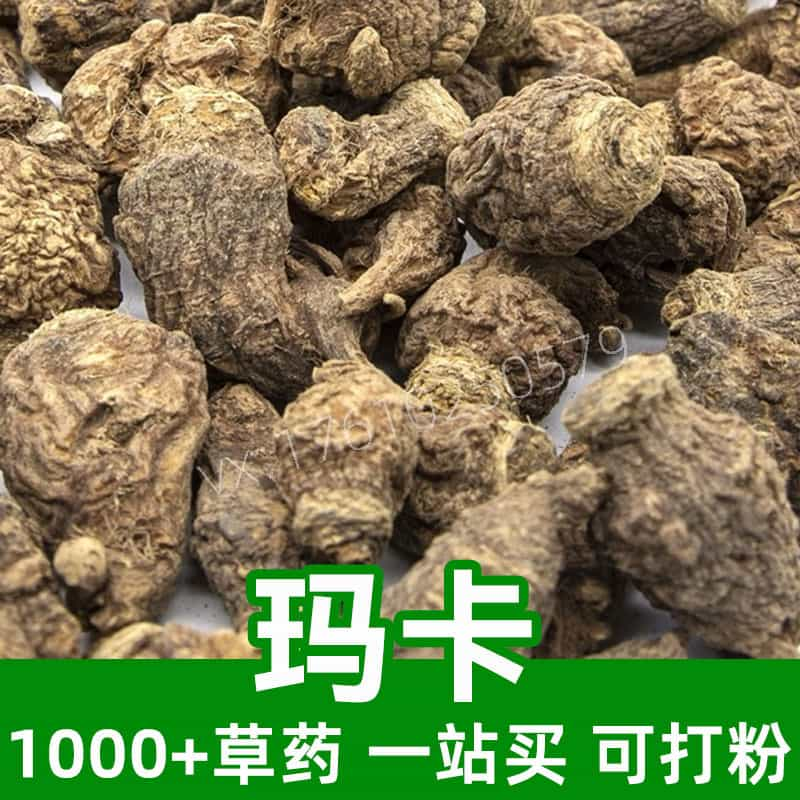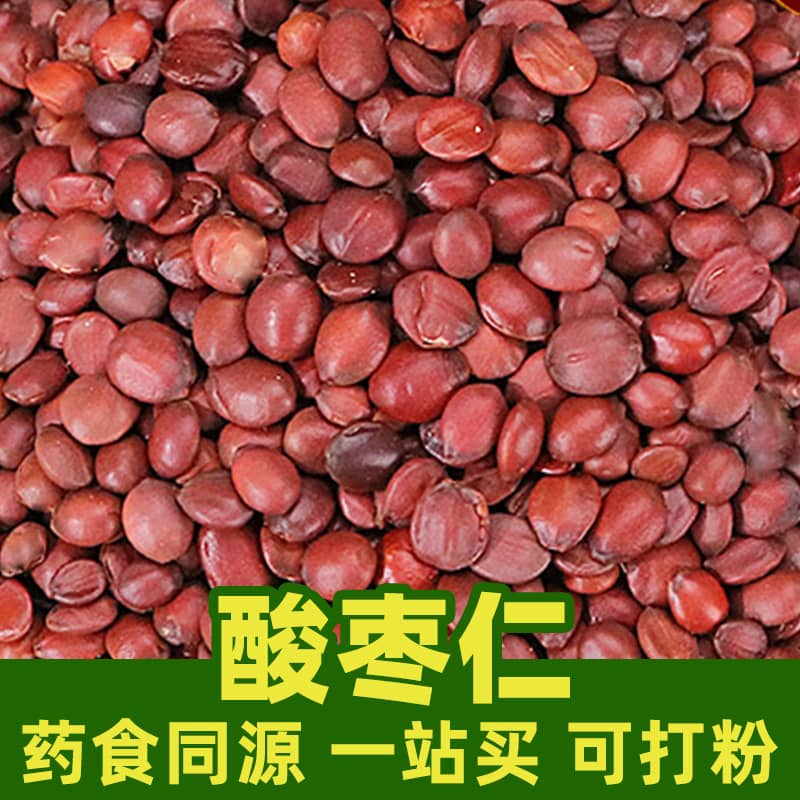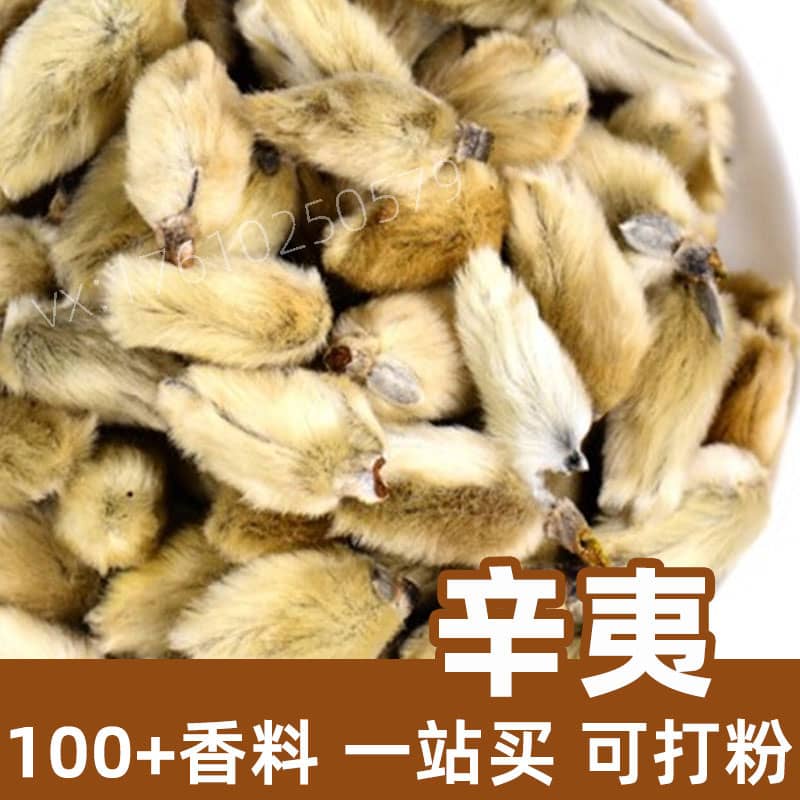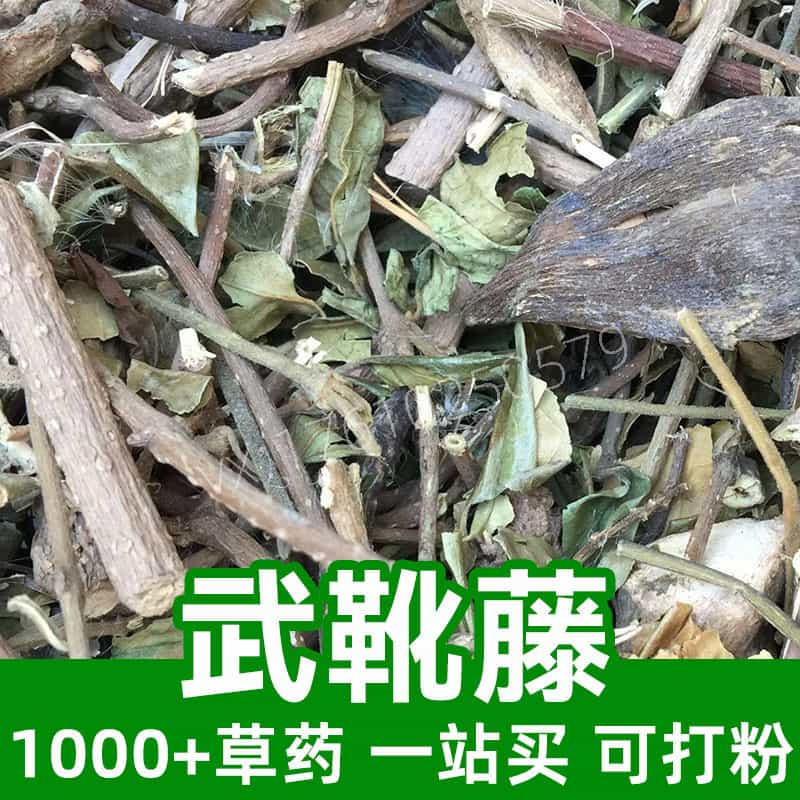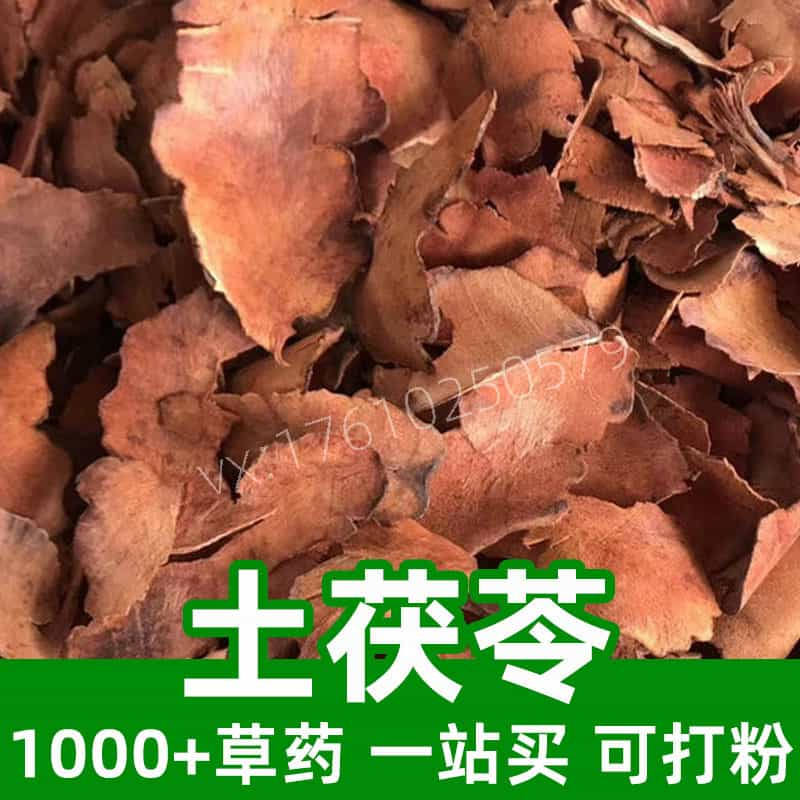Horsetail Product Introduction
Horsetail, also known as "five-finger peach" or "mountain olive," is a perennial herbaceous plant mainly found in southern China, such as Yunnan, Guangxi, and Guangdong provinces. It is rich in nutrients like vitamin C, vitamin E, anthocyanins, flavonoids, and organic acids such as malic acid and tartaric acid. Widely used in traditional Chinese medicine, horsetail is commonly applied for heat clearing, detoxification, diuresis, swelling reduction, and pain relief. Specifically, it is often utilized to address issues like difficult urination, painful urination, eczema, and abscesses, showcasing its medicinal value.
Horsetail Key Active Components
Horsetail contains various beneficial nutrients and medicinal components, with the most notable being:
- Vitamin C: Abundant in horsetail, it acts as an antioxidant, supports immune function, reduces free radical damage, promotes skin health, and aids wound healing.
- Anthocyanins: Potent antioxidants that help protect cells from free radical damage and may aid in preventing cardiovascular diseases, reducing inflammation, and exhibiting anti-cancer properties.
- Flavonoids: Horsetail is rich in flavonoid compounds, which offer antioxidant, anti-inflammatory, antibacterial, and anti-tumor benefits. These compounds may help lower cholesterol, inhibit platelet aggregation, and enhance vascular elasticity.
- Organic Acids: Contains malic acid and tartaric acid, which aid digestion, clear heat and toxins, inhibit bacteria, and alleviate pain. These acids may also help balance body pH and improve indigestion.
- Polyphenols: Includes proanthocyanidins and flavanols, which provide antioxidant, anti-inflammatory, antibacterial, and anti-tumor activities, benefiting cardiovascular health and immune regulation.
In summary, horsetail is rich in nutrients and medicinal components, offering a range of health and therapeutic benefits. It is widely utilized in traditional medicine and the food industry.
Horsetail Applications and Dosage
As a nutrient-dense and medicinal plant, horsetail has diverse applications in traditional medicine and food. Key uses and recommended dosages include:
- Traditional Medicine Applications:
- Heat Clearing and Detoxification: Effective for conditions like heat-induced illnesses, sore throats, and swelling.
- Swelling Reduction and Dissipation: Promotes blood circulation and reduces swelling, aiding conditions such as lymphadenitis and mastitis.
- Diuresis: Helps treat symptoms like difficult urination and edema.
- Dosage and Usage:
- Decoctions: Horsetail is commonly used in herbal decoctions at a dosage of 10-15 grams, boiled in water for oral consumption 2-3 times daily.
- Topical Applications: Grind horsetail into a fine powder and mix with water or vinegar to form a paste for external use.
- Food Industry Applications:
- Tea Beverages: Horsetail can be made into tea, offering cooling and diuretic effects, ideal for summer.
- Candied Products: Its fruits can be processed into candied treats or dried snacks, enhancing flavor and nutritional value.
- Seasoning: Horsetail can be used as a seasoning in various dishes to add flavor and medicinal value.
- Dosage and Usage:
- Tea Beverages: Use an appropriate amount of horsetail leaves, steep in boiling water, and optionally add honey or sugar for taste. Consume 1-2 times daily.
- Candied Products: Clean and dry horsetail fruits, cook in syrup, then air-dry. Consume as desired.
- Seasoning: Chop horsetail leaves or fruits and add to dishes during cooking for enhanced flavor.
Note: Individual differences and potential drug interactions should be considered. Consult a physician if discomfort arises or symptoms persist.
Horsetail Source Plant, Distribution, and Growth Environment
Horsetail (Clerodendranthus spicatus) is a perennial herb in the Lamiaceae family, valued for its medicinal properties.
- Source Plant: Horsetail is a shrub-like herb with upright stems, growing 30-60 cm tall. Its opposite leaves are ovate or elliptical with serrated edges, and its small purple flowers grow in spikes at branch tips.
- Distribution: Primarily found in southern China, including Guangdong, Guangxi, Fujian, Hunan, Hubei, and Guizhou provinces. It grows in mountainous regions, hills, forest edges, and along roadsides, favoring semi-shaded, moist, and fertile soil.
- Growth Environment: Prefers warm, humid climates with optimal growth temperatures between 20-30°C. Found at altitudes of 300-1500 meters, horsetail thrives in sunny, well-ventilated, and appropriately moist environments, forming dense colonies in favorable conditions.
Horsetail Harvesting, Processing, and Storage
Proper harvesting, processing, and storage of horsetail are essential to preserving its medicinal properties and quality.
- Harvesting Time: Best harvested from spring to summer when stems and leaves are at their peak growth and flower buds are unopened, ensuring high levels of active compounds.
- Harvesting Method: Select healthy plants without pest damage. Use scissors or hands to trim stems and leaves carefully, avoiding plant injury. Clean and remove impurities post-harvest.
- Processing:
- Drying: Sun-dry in a ventilated area, avoiding direct sunlight and rain.
- Oven Drying: Use low temperatures to retain active components.
- Storage: Store dried horsetail in ventilated, cool, and dry areas, avoiding direct sunlight and humidity. Use paper bags or sealed containers to prevent pests and moisture. Regularly inspect for mold or unusual odors, addressing any issues promptly.
- Precautions: Avoid storing with strong-smelling items to preserve quality. Clean storage containers regularly to ensure cleanliness and dryness.
Efficient harvesting, processing, and storage ensure that horsetail retains its medicinal efficacy and quality over time.
Monica Sun is a seasoned expert in the natural raw materials industry, with over a decade of experience specializing in traditional Chinese medicinal herbs, spices, and fungi. She is skilled in the sourcing, processing, and application of these materials, emphasizing sustainability and innovation. Monica Sun has contributed to the development of high-quality natural raw materials that serve as essential components in functional foods, pharmaceuticals, and cosmetics, delivering tailored solutions to meet diverse market needs.









